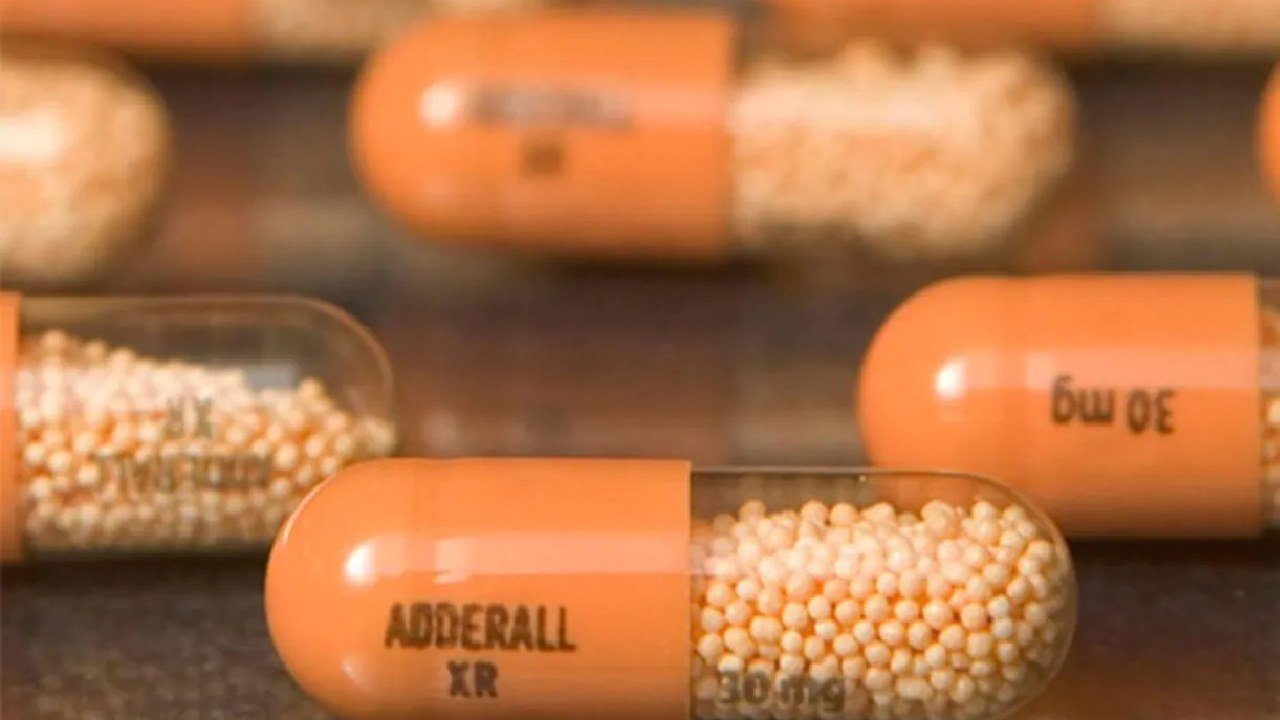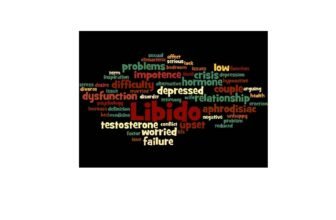You may have heard of silica before, it is a common ingredient in many beauty products. But what you may not know is that silica can also be found in many other places, including our food, water, and even the air we breathe.
While silica is considered safe by many health organizations, there is still some debate about its safety. Some studies have linked silica exposure to respiratory problems and other health issues. This post will explore the good, the bad, and the ugly of silica. We’ll take a look at its benefits and risks.
About Silica :
Silica is a compound that is found in many different types of rocks. It is also found in sand and soil, as well as in glass and ceramics.
Silica is one of the most abundant elements on Earth, making up 45% of the Earth’s crust. It is also the second most abundant mineral in the human body (calcium is the first). In fact, we need silica to help build strong bones and connective tissue.
Silica has many industrial uses, including making cement and glass products.
Uses of Silica
As you may already know, silica is a key ingredient in many industries. But did you know that it also has many uses in everyday life? Here are just a few examples of how silica can be used to improve your life:
- Construction
Silica is used in concrete and plaster to make them more durable. It’s also used in bricks and mortar to strengthen them so they don’t crack as easily. The process of making bricks requires silica sand.
- Medicine
Silica has been used for thousands of years as a treatment for arthritis, gout, and other joint problems. It can also be used to treat ulcers and bladder infections by creating a coating over the affected area to protect it from bacteria entering through open sores or wounds in the skin surface (such as cuts or scrapes).
Silica can also be used as an anti-inflammatory drug in other medications like aspirin or ibuprofen because it helps reduce swelling around injuries that cause pain when moving around too much (like sprains or strains). Finally, silica may help prevent tooth decay by preventing bacteria from sticking onto tooth surfaces so easily when brushing regularly with toothpaste containing fluoride instead.
How It Is Beneficial To Improve Skin Health :
If you suffer from skin conditions like acne, eczema, or psoriasis, silica can help to soothe and heal your skin. It can also help to reduce the appearance of wrinkles and fine lines.
- Silica can help strengthen your bones and teeth.
- Silica is a key ingredient in many bone and tooth-strengthening supplements. It can also help to reduce the risk of osteoporosis.
- Silica can help improve your cardiovascular health.
- Silica can help to reduce the risk of heart disease and stroke. It can also help to improve blood circulation and reduce bad cholesterol levels.
- Silica can help boost your immune system.
- Silica can help to boost your immune system and fight off infections. It also aids to decrease inflammation in the body.
- Silica can help improve your cognitive health.
- Silica can help to improve cognitive function and protect against age-related cognitive decline. It can also help to reduce the risk of Alzheimer’s disease and dementia.
There are many other uses for silica that are not mentioned here. If you are interested in learning more about the benefits of silica, please consult with your doctor or a qualified health practitioner.
How is silica produced?
Silica, also known as silicon dioxide, is a key ingredient in many products we use every day. Most people know silica as the main component of sand, but it also appears in a wide variety of other materials, including glass, concrete, and asphalt.
But where does this versatile material come from? As we mentioned, silica is the main component of sand. But sand is not the only source of silica – it can also be extracted from other materials, like rocks and clay.
- The first step in the silica production process is to extract the raw materials. This can be done through mining, quarrying, or drilling.
- Once the raw materials have been extracted, they need to be purified. This is done by a process of crushing, grinding, and washing.
- The next step is to heat the purified materials in a furnace at a high temperature. This process, known as calcination, helps to remove impurities and create a purer form of silica.
- Finally, the pure silica is ready to be used in a variety of applications. It can be used as a construction material or be transformed into other products like glass or silicon chips.
So there you have it-a brief overview of the process of silica production. Next time you enjoy a sunny day at the beach or use a piece of glass or silicon-based technology, you will know just where that material came from.
Advantages of Silica :
When it comes to the benefits of silica, there are plenty. This natural element is found in many different forms, all of which offer something a little different. Here, we take a look at some of the key benefits of silica and how it can be used to improve your health.
Disadvantages of Silica :
Silica, also known as silicon dioxide, is a natural compound made up of silicon and oxygen atoms. It’s found in abundance in the Earth’s crust, and its versatility makes it a key ingredient in many industries, from construction to electronics.
Despite its many uses, there are some disadvantages to silica that must be considered.
In conclusion, while silica has many advantages, its disadvantages must also be considered. When it comes to the environment and human health, the disadvantages of silica outweigh the advantages.
FAQs :
If you have ever opened a new electronics item and found a small packet of what looks like tiny clear beads, you’ve probably wondered: what are these things? Well, those little packets are filled with silica gel – and if you are like most people, you have probably wondered if it is safe to eat.
So, what happens if you eat silica gel? Can it hurt you?
The short answer is no. Silica gel can be consumed and is not harmful. In fact, it is actually quite inert and is used as a food additive in many countries. It is added to foods as a drying agent, and you will often find it in things like rice, beans, and other dried goods.
So, if silica gel is safe to eat, why is it in those little packets?
The reason is that silica gel is very good at absorbing moisture. That is why it is often used in things like shoe boxes and electronic equipment cases—to keep them dry and free of moisture.
If you eat a packet of silica gel, you’re not going to absorb any moisture from it, so it’s not going to have any effect on you. In fact, it will just pass right through you and come out the other end.
So, there you have it-there’s no need to worry if you accidentally eat a packet of silica gel. It’s not going to hurt you, and it will just pass right through you.
When it comes to materials used in manufacturing, there are few that are as versatile as silicon and silicone. Though they share many similarities, there are important differences between the two that make them suitable for different applications.
Silicon is a naturally occurring element that can be found in a variety of minerals. When it is purified, it can be used in a number of ways, including semiconductor manufacturing, solar energy cells, and glass production. Silicon is also an important ingredient in Portland cement.
Silicone, on the other hand, is a synthetic polymer that contains silicon, oxygen, and other elements. Silicone is useful for a number of applications, including sealants, lubricants, medical implants, and cooking utensils. It is also frequently used in cosmetics and hair care products.
One of the key differences between silicon and silicone is their structure. Silicon is a crystalline material, meaning it has a regular, repeating atomic structure. This gives it a number of useful properties, including a high melting point and good electrical and thermal conductivity. Silicone, on the other hand, is a non-crystalline material, meaning its atomic structure is more random. This makes it more flexible and resistant to high temperatures.
Another key difference is the way that silicon and silicone interact with other materials. Silicon is a very reactive element, meaning it tends to form bonds with other elements easily. This makes it difficult to work with, as it can be hard to control the properties of the final product. Silicone, on the other hand, is much less reactive, meaning it can be used to create materials with a wide range of properties.
So, what is the best material for your next project? If you need a material that is strong and has good electrical and thermal conductivity, silicon is a good choice. If you need a material that is flexible and resistant to high temperatures, silicone is a better choice.
Conclusion :
When it comes to silica and our food, we need to be mindful of the good, the bad, and the ugly. On the good side, silica can help improve our health in many ways. On the other hand, silica can be harmful if consumed in excess. And finally, on the ugly side, silica can be a contaminant in our food if it is not properly processed. So, when it comes to silica, we need to be careful and consume it in moderation.







